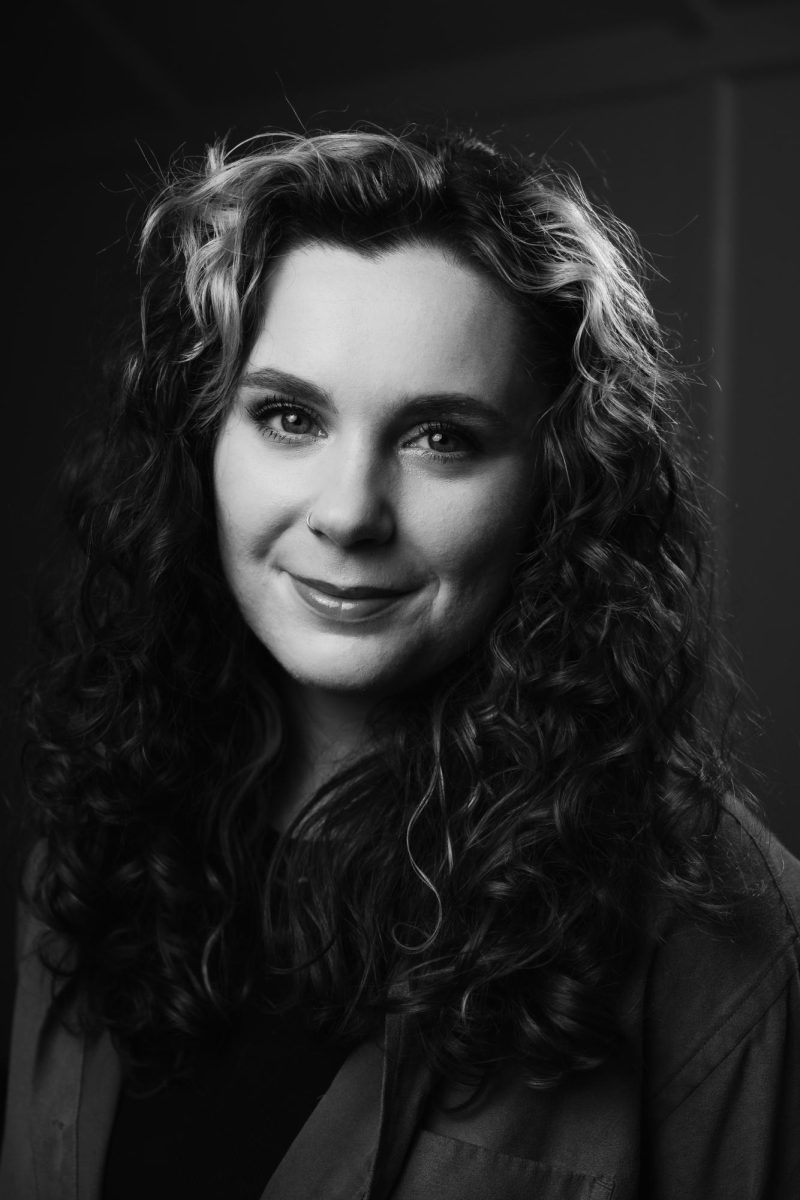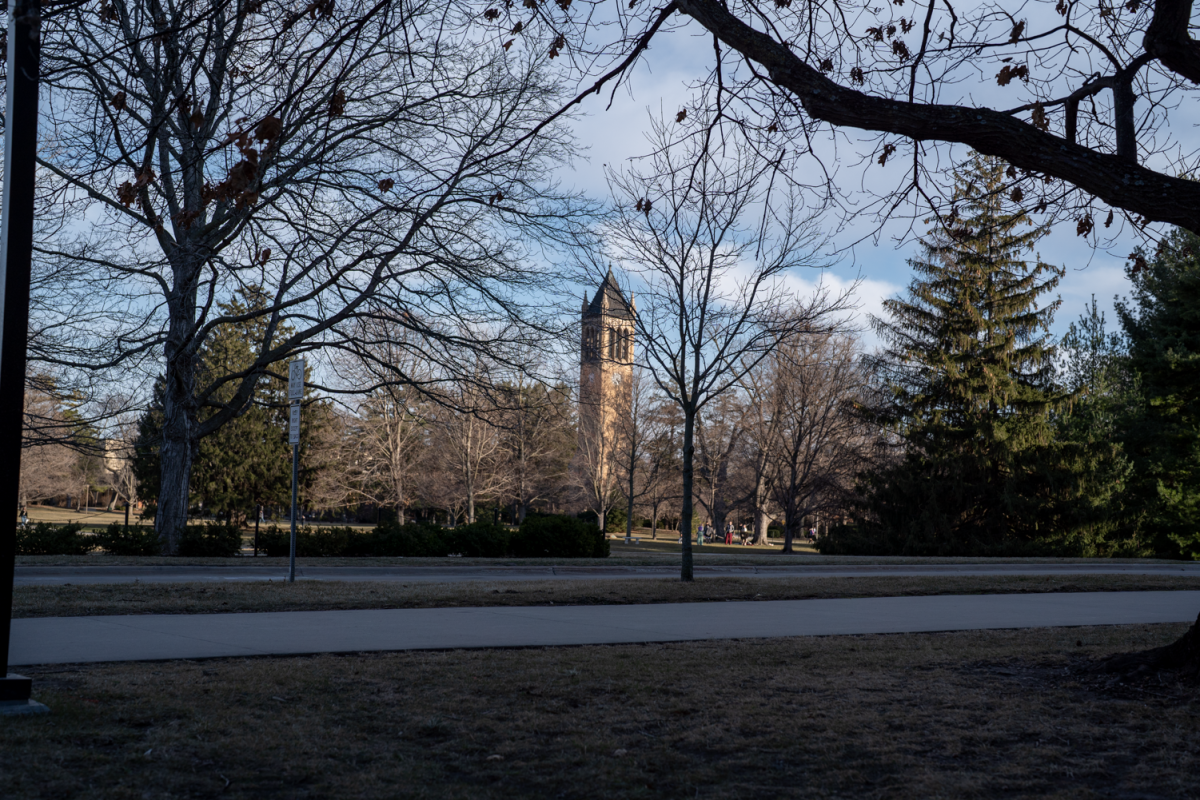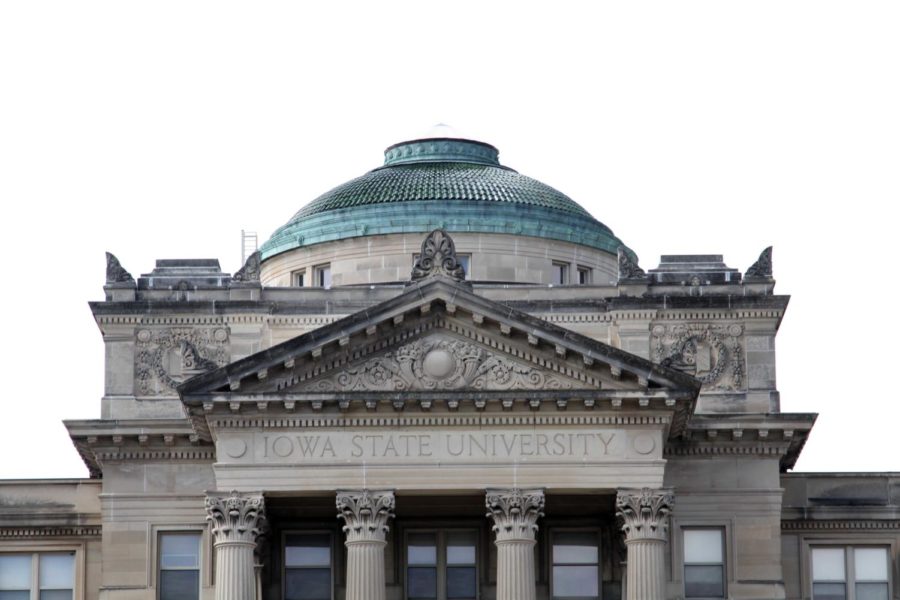Council orders end to some Campustown development with temporary moratorium
May 27, 2004
Be careful what you wish for.
“I’m hearing, maybe subconsciously, that maybe now, a little bit, we’re afraid of density,” Ames Mayor Ted Tedesco said Tuesday. His remark came after a two-hour-plus discussion during Tuesday’s City Council meeting about possible development restrictions in Campustown and the larger University Impacted Area south and west of the ISU campus.
The City Council unanimously passed a resolution to draft a moratorium on development and demolition until Jan. 1, 2005, in four places — on either side of the first block of Welch Avenue, on the south side of Lincoln Way one block either way from Welch Avenue, on the north side of Knapp Street between Ash Avenue and Stanton Avenue, and on a small run of Knapp Street near Hayward Avenue.
Councilman Matthew Goodman, who proposed the resolution, said those temporary restrictions wouldn’t burden developers with long-standing building plans in the University Impacted Area, but would keep high-rise buildings with unfriendly street-level fronts from ruining critical parts of the area.
“I don’t like moratoriums, but I also don’t want one side of Welch Avenue [to become a] parking ramp,” he said.
During the summer months, the planning and housing department is expected to interview residents and perform sub-area planning for the University Impacted Area. Talk of a development moratorium — possibly for the entire University Impacted Area — arose when neighborhood groups and the Historic Preservation Commission raised concerns about the accelerated growth in the area — growth encouraged by the city itself.
Several developers argued against the proposed restriction Tuesday, saying an unexpected change would counter the city’s own regulations and could ruin years of site and financial planning for building projects.
“I am very confused as to why we have these urgent matters on our table,” said Dickson Jensen of Jensen Design Build Inc. “It’s reactive to projects that are being built.”
He said he didn’t understand accusations that developers were “taking advantage” of current building ordinances.
“If the law says you can build it, if the rules say you can build it, how do you take advantage of that?” he said. “Who’s going to invest in a community when the rules change overnight?”
Many of those rules were set in the city’s Land Use Policy Plan, approved in 1997, which encouraged residential growth in the University Impacted Area.
Jeff Benson, neighborhood planner for Ames, said intensifying growth has indeed occurred in the area — has, in fact, occurred to such an extent that neighborhood and historical preservation groups are now concerned about the “character” of the Campustown area being changed.
“It’s a very changed density that we’re having now than what we’ve had,” Councilwoman Sharon Wirth said.
Benson said the development that has occurred — including two apartment buildings on Stanton Avenue more than 100 feet tall — has followed the city’s guidelines, although he added problems could occur if more housing is allowed without an upper limit on density.
The South Campus Area Neighborhood organization encouraged a slowdown of growth. In a May 18 letter to the City Council, it said it wanted the city to discourage development while city planners develop guidelines for development in the sub-area planning process.
The council also discussed the options of temporarily reducing the allowable density in the area, suspending the Campustown Urban Revitalization Program and halting all development in the area before agreeing on the more restricted moratorium.
















